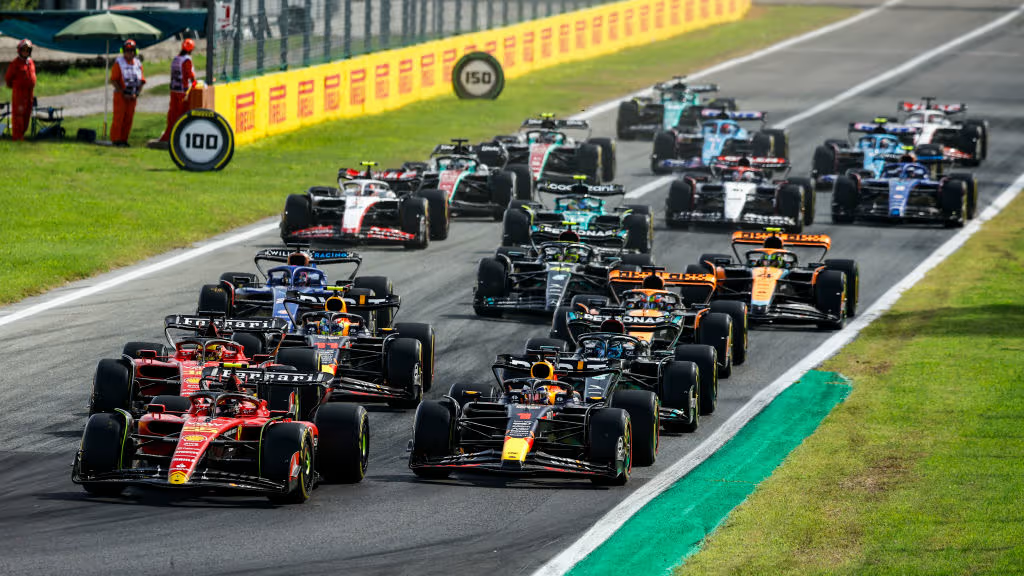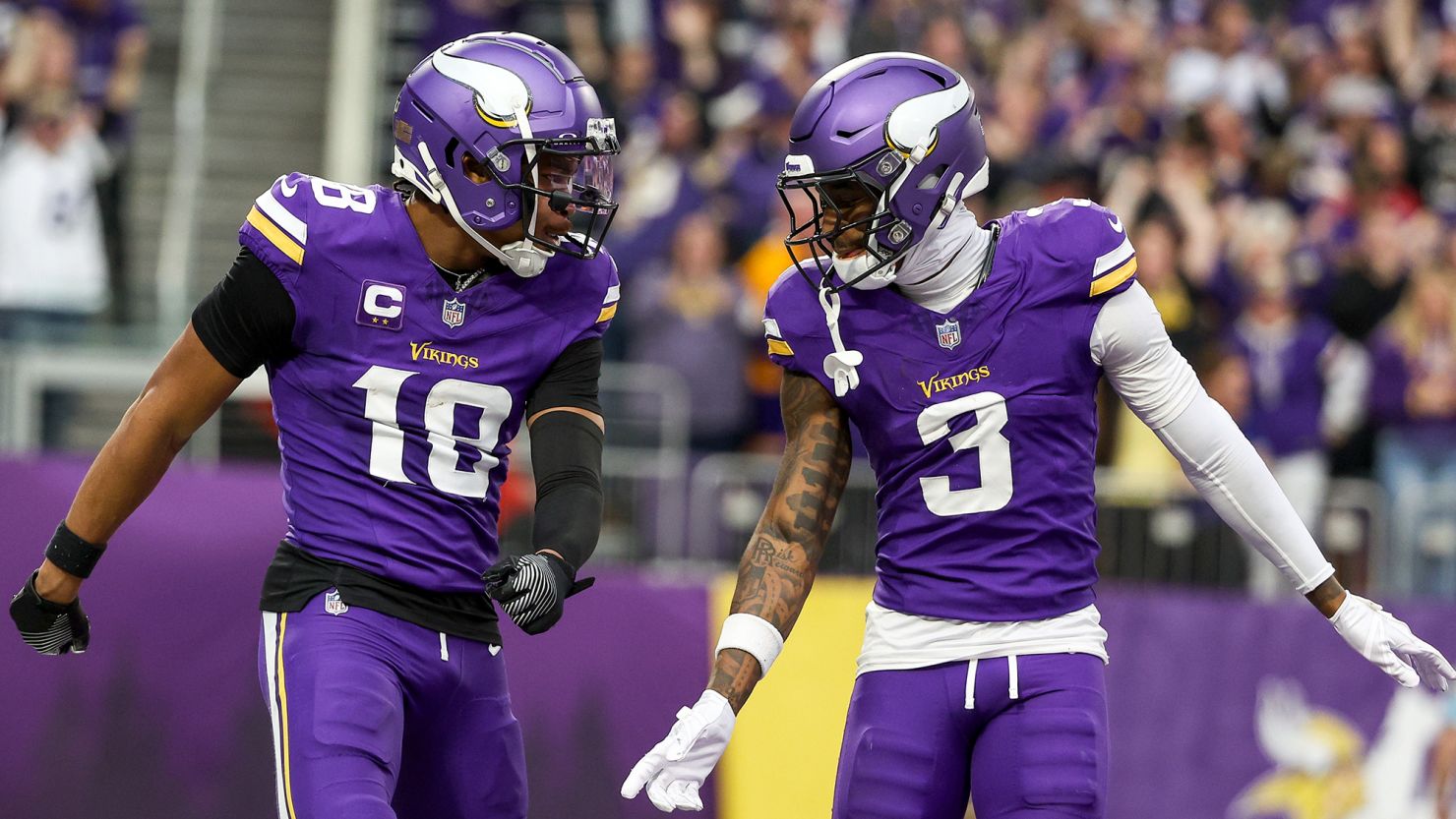Formula 1’s financial engine didn’t fire on all cylinders in the first quarter of the year — but under the hood, there’s more than meets the eye.
Fewer Races, Lower Revenue
With only two races held in Q1 compared to three in the same period last year, it’s no surprise that headline revenue has taken a hit. The difference may seem like a scheduling footnote, but in a sport where each Grand Prix brings in substantial income through media rights, sponsorship, ticketing, and hospitality, one race can shift the financial narrative significantly.
F1’s reported revenue fell by nearly 27% compared to last year’s Q1, largely because of this shift. Fewer race weekends meant less activation across all primary revenue streams — from race promotion fees to broadcast payouts to on-site fan experiences.
Costs Up, Income Down — But for Strategic Reasons
Operating income swung from profit to loss — not ideal on paper. But the reasons behind it point to future-focused investment. F1’s expansion into Las Vegas, a cornerstone of its North American growth strategy, brought with it increased upfront costs. Add in the global celebration of its 75th season (including a major event at London’s O2 Arena), and you’re looking at intentional expenditure rather than reactive cost overruns.
Bright Spots: Subscriptions, Sponsorships, and Strategy
Despite the dip, there are clear signs of strategic growth. Formula 1’s direct-to-consumer digital platform continues to attract new subscribers — an important trend as live sports increasingly lean into owned digital ecosystems. Sponsorship revenue, though impacted by fewer events, was buoyed by new partnerships and strengthened deals with existing brands.
Crucially, all ten teams have agreed on the financial framework for the next Concorde Agreement, set for 2026. This locks in long-term stability at a time when other sports properties are grappling with commercial uncertainty.
Momentum Over Metrics
While Q1 results show a dip, the mood behind the scenes is far from bearish. Promoter enthusiasm remains high, sell-out races are becoming the norm, and fan engagement — both in-stadium and online — is on the rise.
F1 leadership remains confident. They see this quarter not as a setback, but as a recalibration. With new commercial deals in place, a packed race calendar ahead, and a thriving global fanbase, the sport is positioning itself for sustainable growth — both financially and culturally.
The Takeaway
This isn’t just about one less race. It’s about playing the long game.
Formula 1 is investing in spectacle, expanding its global reach, and reshaping how fans interact with the sport. A temporary revenue dip doesn’t derail that trajectory — it underlines the importance of timing, strategy, and vision in the business of global sport.
SOURCE: SportsPro
IMAGE: Getty Images


